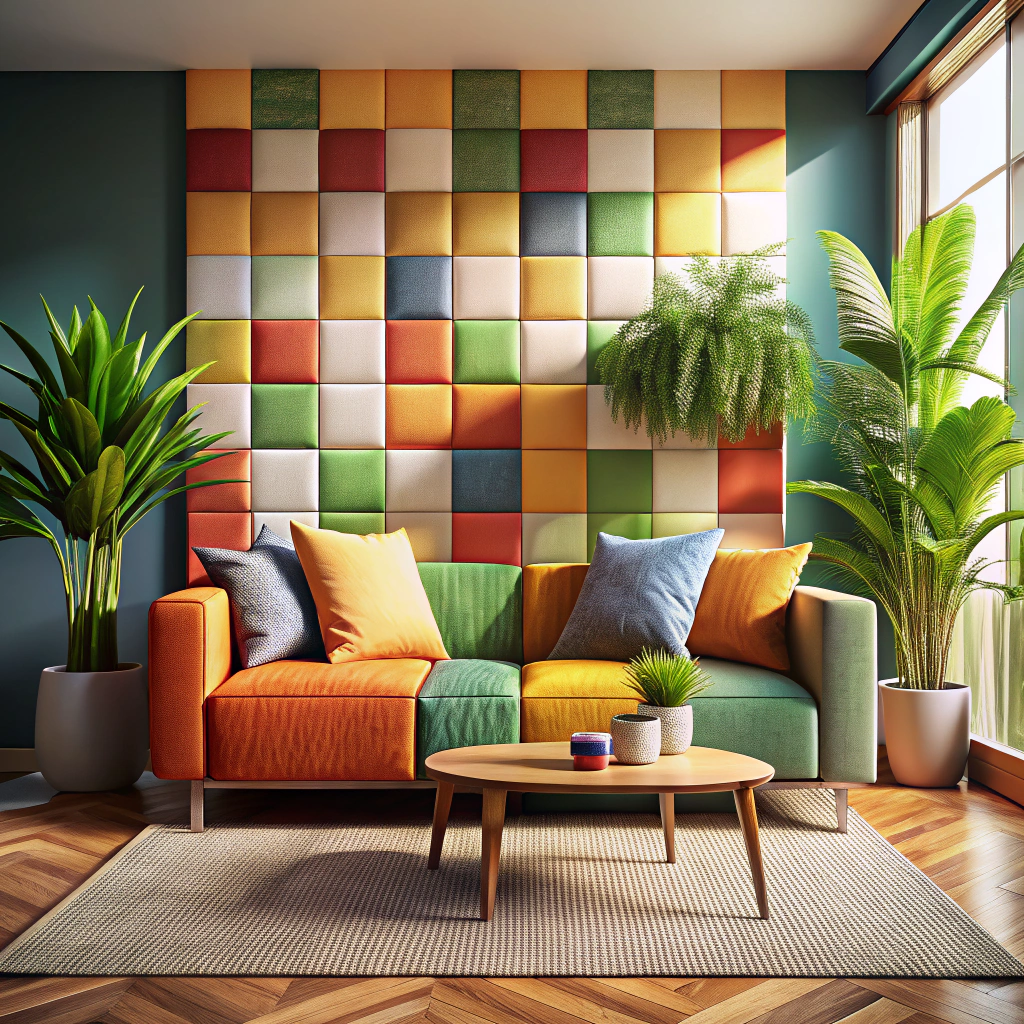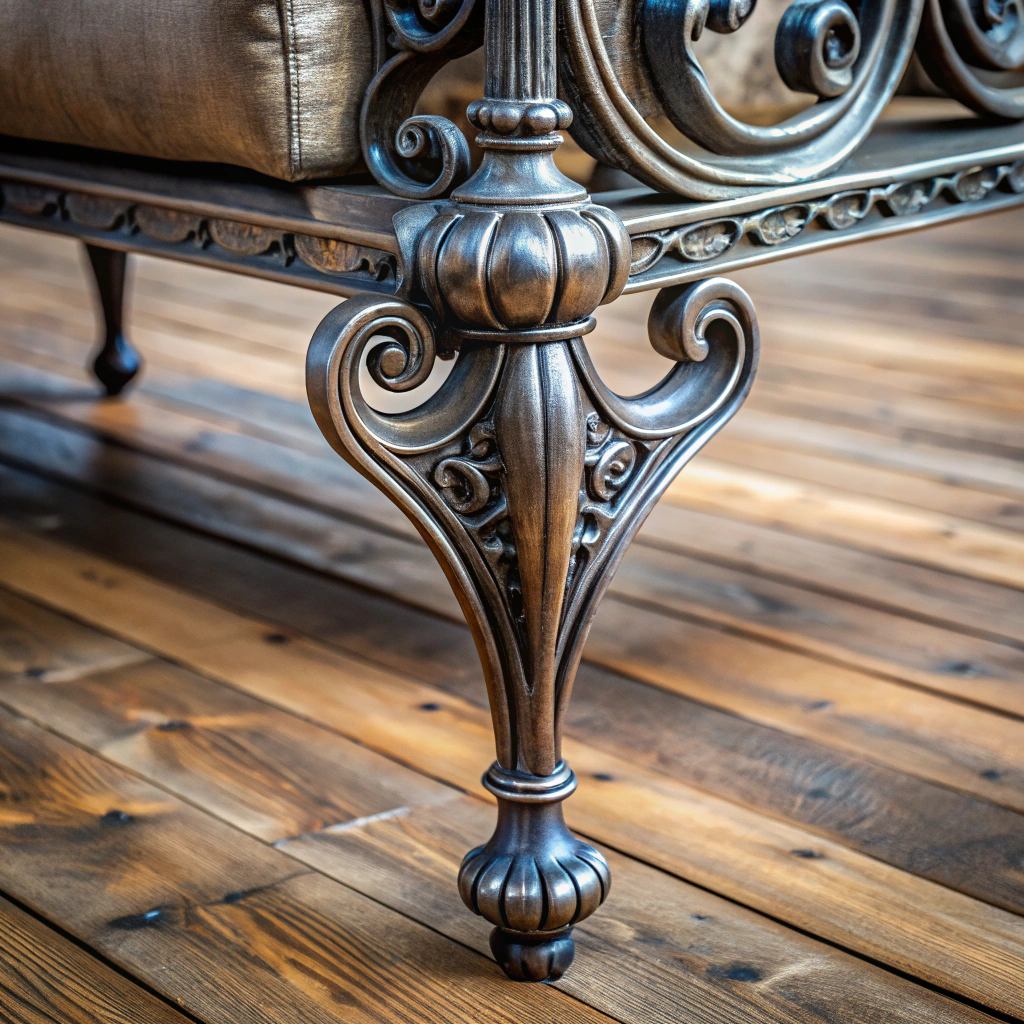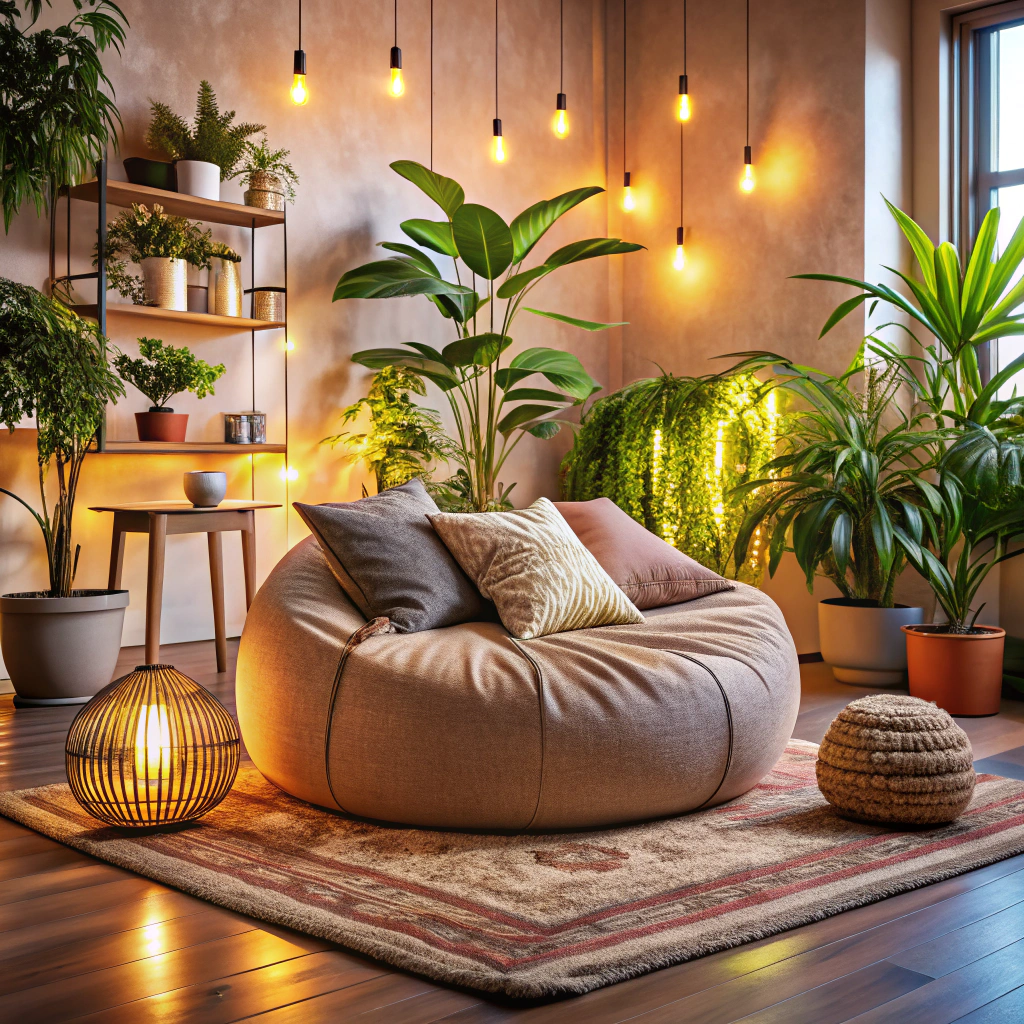Last updated on
Discover the easiest-to-clean couch material that will transform your living space into a low-maintenance haven for relaxation and enjoyment.
As much as we love our couches, they can be a source of stress when it comes to cleaning them. Whether it’s spilled coffee or pet hair, keeping your couch looking clean and fresh can seem like an impossible task.
But fear not! There are certain materials that make the cleaning process a breeze. In this article, we’ll explore the best couch materials for easy cleaning so you can relax and enjoy your cozy spot without worrying about stains and messes.
So grab a cup of tea and let’s dive in!
Table of Contents
Leather Couches

They’re also relatively easy to clean, making them an excellent option for those who want low-maintenance furniture. Leather is resistant to spills and stains, so you can quickly wipe away any mess with a damp cloth or sponge.
However, it’s essential to note that not all leather is created equal when it comes to cleaning ease. Aniline leather has no protective coating and requires special care when cleaning as water can damage the material permanently.
If you have pets or children in your home, consider getting a pigmented leather couch instead of aniline because they are more durable against scratches and spills while still being easy-to-clean.
To keep your leather couch looking its best over time, avoid placing it in direct sunlight or near heat sources like radiators as this could cause the material to dry out and crack over time. Regularly dusting off dirt particles with a soft cloth will help prevent buildup that could lead to staining later on down the line.
Faux Leather Couches

Faux leather couches are made of synthetic materials that mimic the look and feel of real leather without requiring as much maintenance.
One advantage of faux leather is its durability. It’s resistant to scratches, stains, and fading from sunlight exposure.
This makes it an excellent choice if you have kids or pets who love jumping on your furniture.
Cleaning a faux-leather couch is relatively easy too! You can use mild soap and water or specialized cleaning products designed specifically for this material. Just make sure not to use harsh chemicals or abrasive tools that could damage the surface.
Microfiber Couches
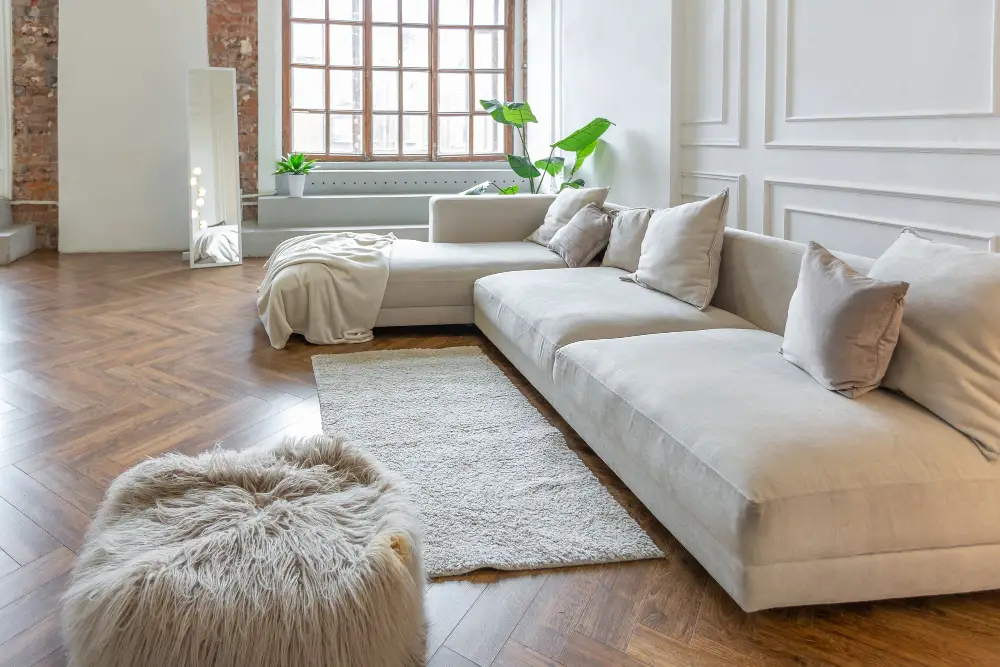
Made from synthetic fibers, microfiber is known for its durability and resistance to stains. This material is also soft to the touch, making it a comfortable choice for lounging on lazy afternoons.
One of the benefits of microfiber couches is that they do not require any special cleaning products or techniques. A simple solution of water and mild soap can be used to clean most spills and stains.
For tougher stains like ink or wine, rubbing alcohol can be used as a spot treatment.
To prevent future staining, consider treating your microfiber couch with a fabric protector spray that will repel liquids before they have time to soak in.
Fabric Couches
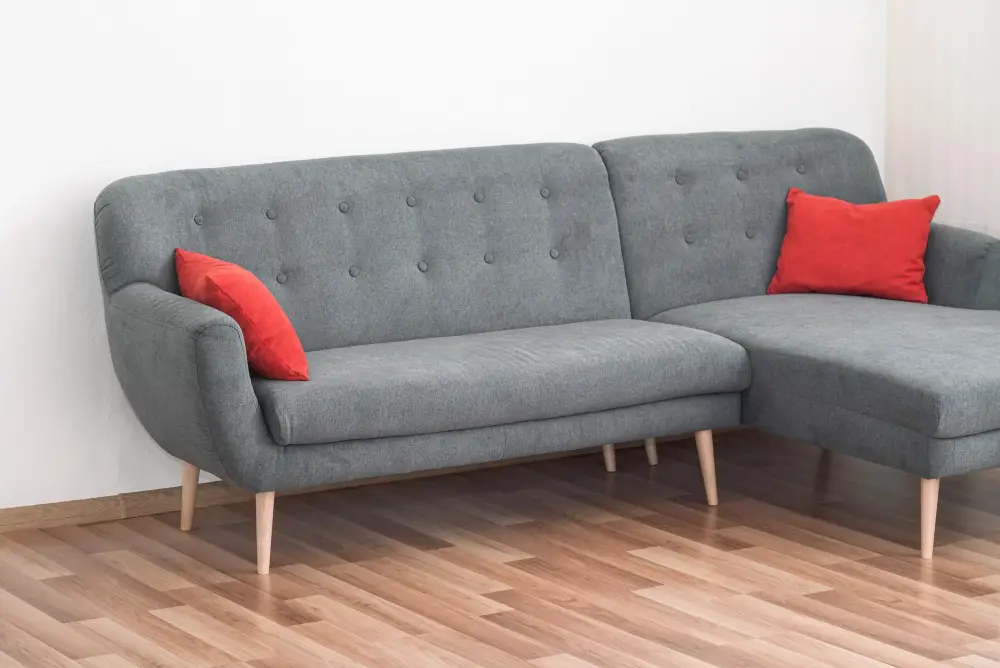
They come in various colors, patterns, and textures to suit different styles and preferences. However, fabric couches can be challenging to clean if you don’t know the right techniques.
When it comes to cleaning fabric couches, prevention is key. You can start by vacuuming your sofa regularly with an upholstery attachment or a handheld vacuum cleaner to remove dust, dirt, and pet hair that accumulate over time.
If you spill something on your fabric sofa accidentally (as we all do), act fast! Blot the stain immediately with a clean cloth or paper towel before it sets in. Avoid rubbing the stain as this will only spread it further into the fibers of your sofa.
For deeper cleaning of your fabric couches at home without damaging them or fading their color away; use mild soap mixed with water solution applied gently using soft-bristled brush then rinse thoroughly using damp cloth until no soap residue remains. Alternatively; consider professional cleaning services for deep-cleaning once every year especially if there are pets around which may leave behind odors that require specialized treatment from professionals who have experience dealing with such issues.
Vinyl Couches
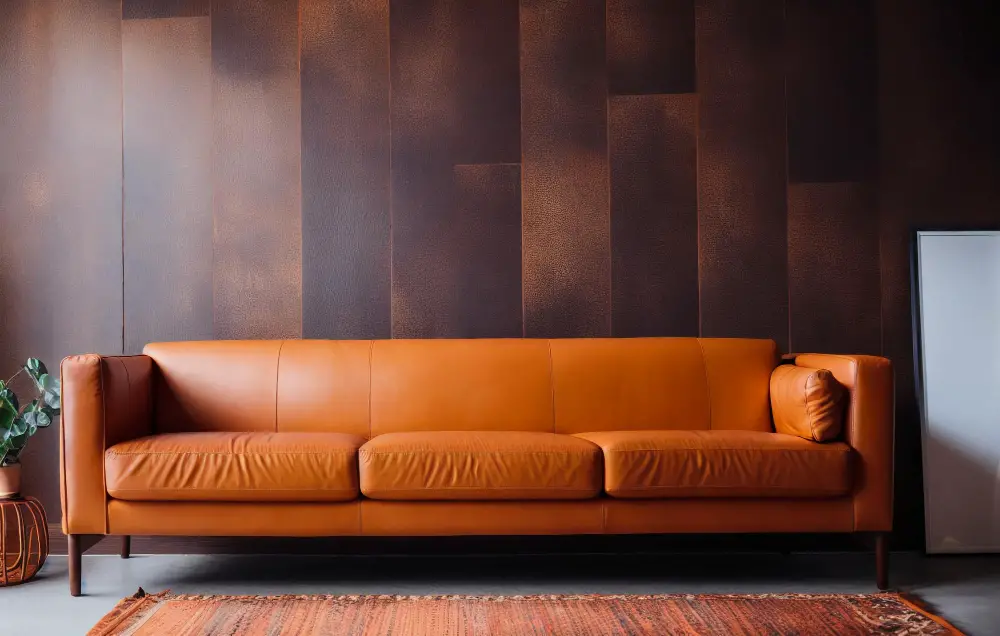
Vinyl is a synthetic material that mimics the look of leather, but it’s much easier to maintain. It’s also water-resistant, making it ideal for homes with kids or pets.
Cleaning vinyl couches is simple – all you need is a damp cloth and mild soap to wipe away any spills or stains. For tougher stains, you can use baking soda mixed with water as a natural cleaning solution.
One downside of vinyl couches is that they may not be as durable as other materials like leather or microfiber. Over time, the material may crack or peel if exposed to direct sunlight or extreme temperatures.
Polyester Couches
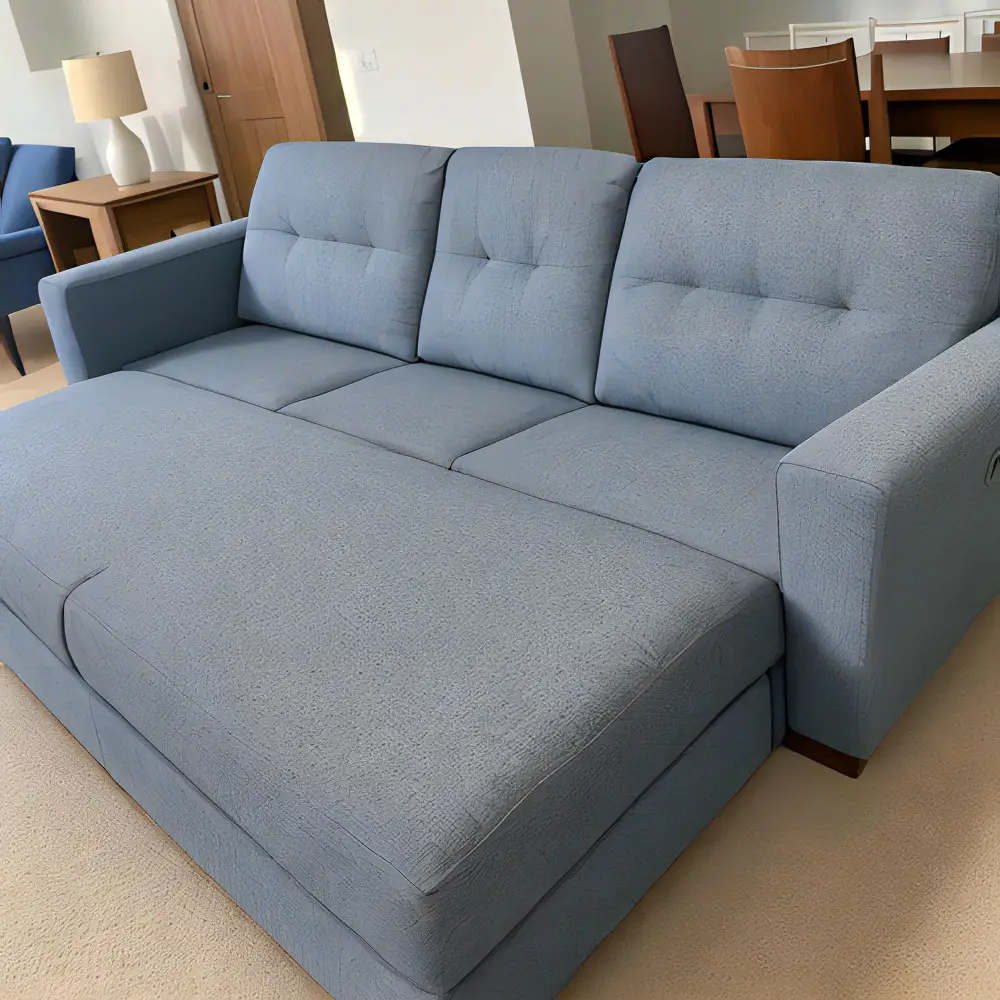
This synthetic material is resistant to stains, fading, and wear-and-tear. It’s also easy to clean with just soap and water or a mild detergent solution.
One of the benefits of polyester couches is that they come in a wide range of colors and patterns, making it easy to find one that matches your decor style. However, keep in mind that polyester can be prone to pilling over time if not properly maintained.
To prevent this issue from occurring on your polyester couch, regularly vacuum it using the upholstery attachment or use a lint roller as needed. You can also invest in decorative pillows or throws made from natural fibers like cotton or wool which will help reduce friction against the fabric.
Acrylic Couches
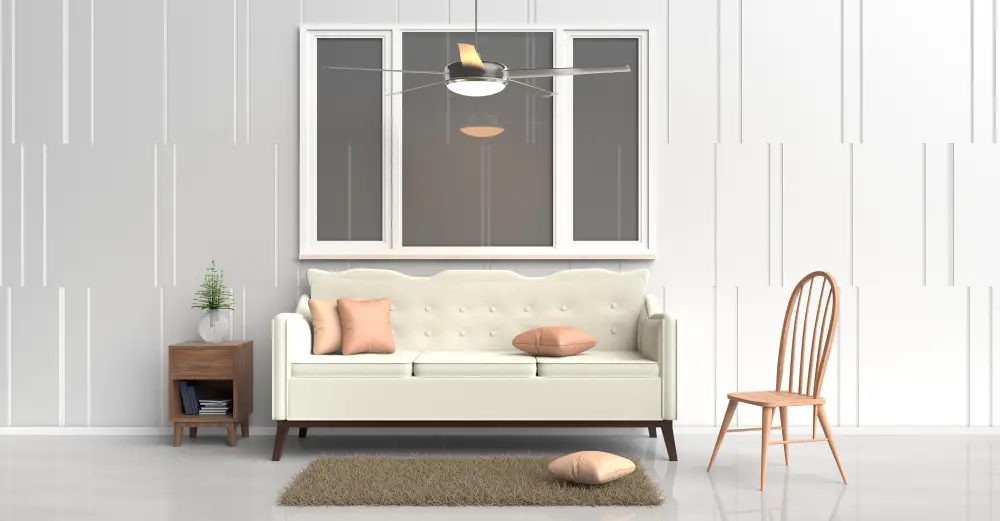
Acrylic couches are known for their durability, resistance to stains, and ease of cleaning. They are also resistant to fading from sunlight exposure.
One downside of acrylic couches is that they may not be as comfortable as other materials due to their rough texture. However, this can easily be remedied by adding soft cushions or throws.
When it comes to cleaning an acrylic couch, the process is relatively simple. You can use a mild detergent mixed with water and gently scrub the surface with a soft-bristled brush or sponge.
Avoid using harsh chemicals or abrasive cleaners as they may damage the material.
Olefin Couches
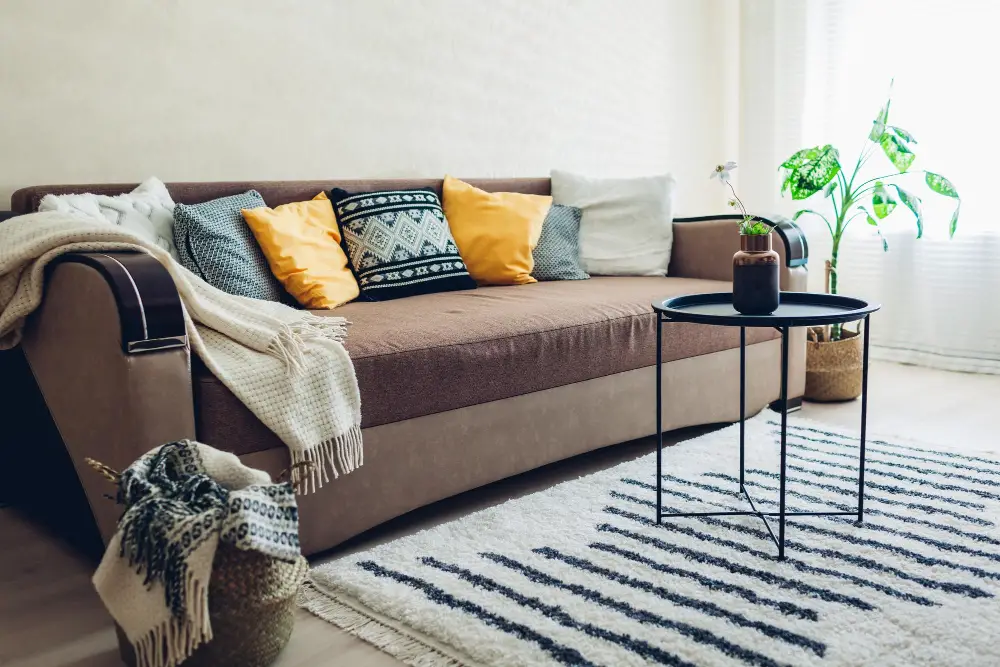
This synthetic fiber is known for its resistance to stains, moisture, and fading. It’s also resistant to mildew, making it a great choice for humid climates or homes with pets.
One of the benefits of olefin couches is their low maintenance requirements. They can be easily cleaned with soap and water or a mild detergent solution without damaging the fabric’s integrity.
However, it’s important to avoid using harsh chemicals as they may cause discoloration or damage.
Another advantage of olefin couches is their durability; they can withstand heavy use without showing signs of wear and tear quickly. This material has excellent color retention properties which means that your furniture will look new even after years of use.
Nylon Couches

This synthetic material is resistant to stains, spills, and pet hair, making it ideal for households with kids or pets. Nylon couches come in a variety of colors and styles to suit any decor style.
To keep your nylon couch looking its best, vacuum regularly using the upholstery attachment to remove dust and debris. For spills or stains, blot the area immediately with a clean cloth or paper towel before applying any cleaning solution.
When it comes to cleaning solutions for nylon couches, avoid using harsh chemicals as they can damage the fabric’s fibers over time. Instead opt for mild soap mixed with warm water or use specialized upholstery cleaners designed specifically for nylon materials.
Linen Couches
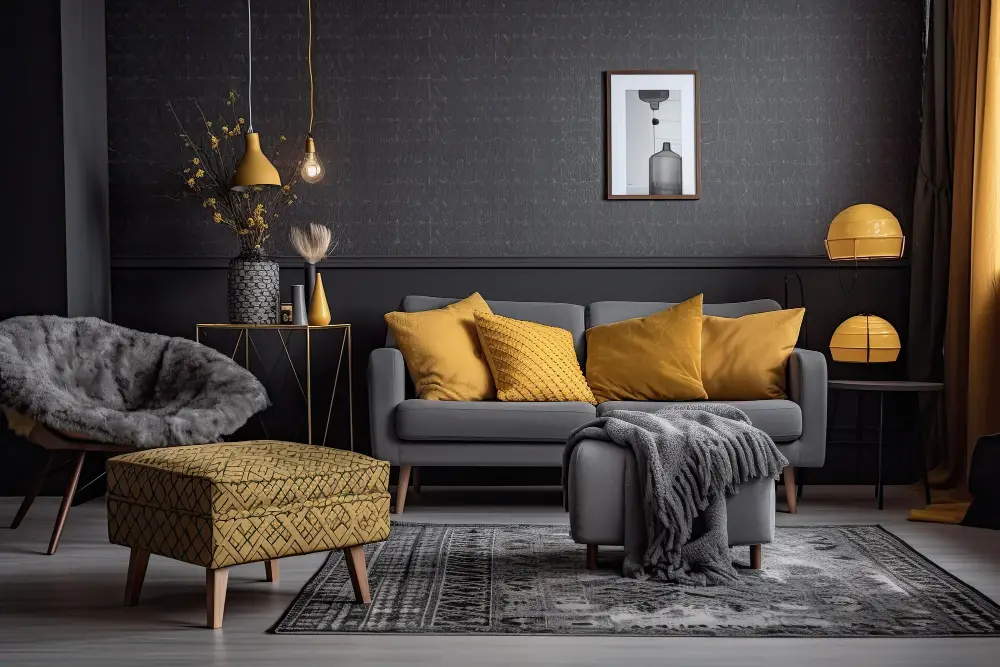
Linen is made from natural fibers, which makes it breathable and comfortable. It’s also durable, making it an excellent option for high-traffic areas.
However, linen can be challenging to clean due to its delicate nature. It’s prone to wrinkles and stains that can be difficult to remove without damaging the fabric.
To keep your linen couch looking fresh and new, you’ll need some extra care.
When cleaning your linen couch, avoid using harsh chemicals or abrasive materials that could damage the fabric’s fibers or cause discoloration. Instead, use gentle cleaners like mild soap mixed with water or vinegar diluted in water.
To prevent stains on your linen sofa in the first place consider applying a protective spray designed specifically for this type of material before any spills occur.
Cotton Couches
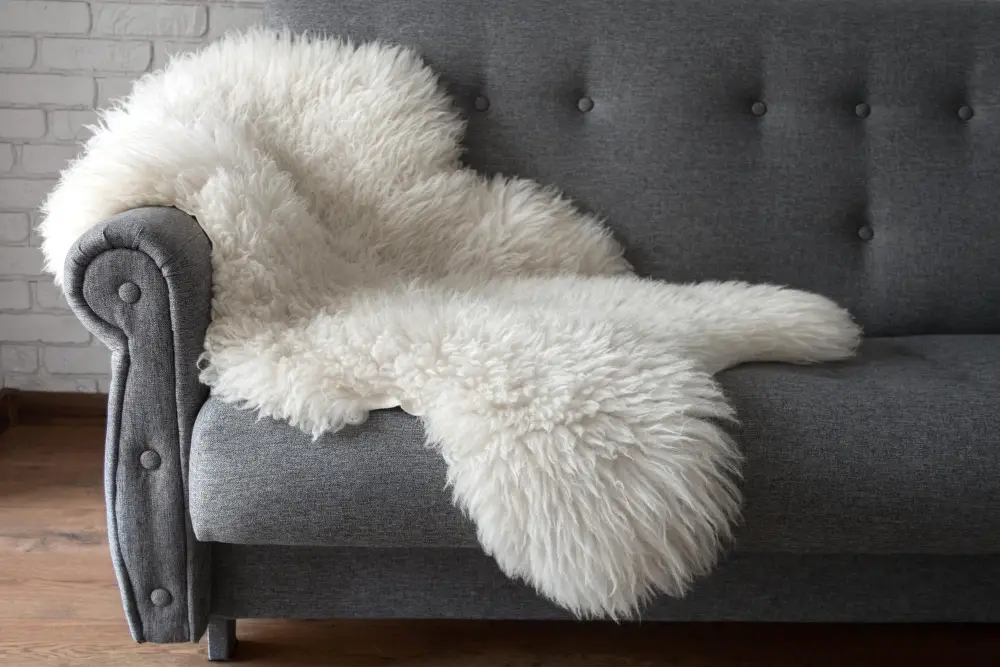
They come in a variety of colors, patterns, and textures to suit any taste or decor. Cotton is also an eco-friendly option as it is biodegradable and renewable.
However, cotton couches can be challenging to clean due to their absorbent nature. Spills can quickly seep into the fabric fibers, leaving behind unsightly stains that are difficult to remove.
To prevent staining on your cotton couch, consider treating it with a fabric protector spray before use. This will create a barrier between the fabric and spills or dirt.
If you do end up with stains on your cotton couch despite preventive measures taken earlier; don’t fret! There are several DIY cleaning solutions that you can try at home using common household items such as baking soda or vinegar mixed with water.
Alternatively, professional cleaning services may be necessary for more stubborn stains or deep-cleaning needs.
Cleaning Techniques
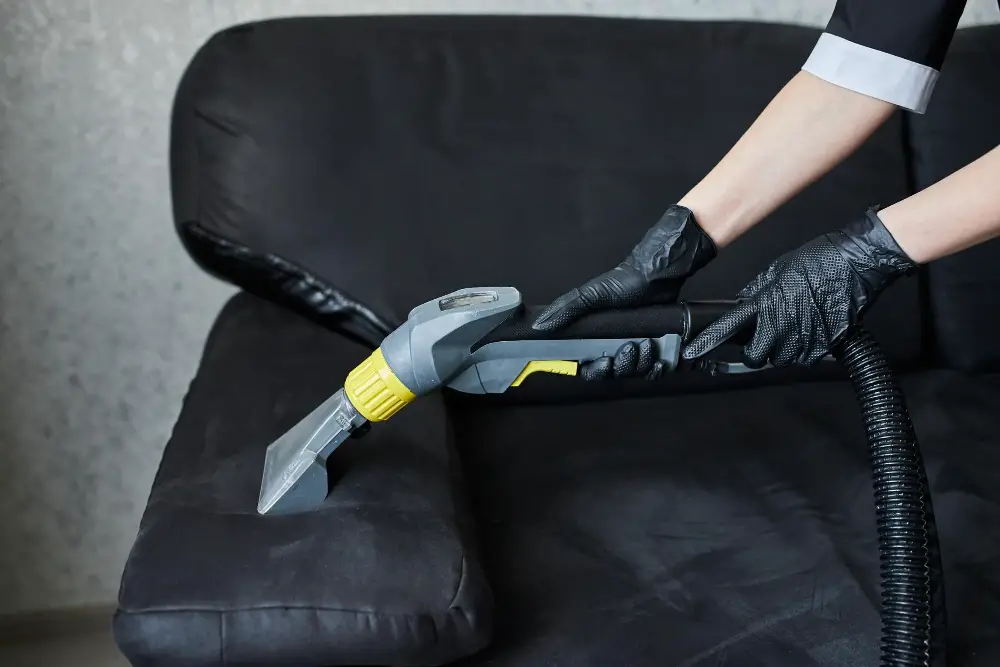
The first step in cleaning any type of couch is to vacuum it regularly with an upholstery attachment. This will help remove dust, dirt and pet hair from the surface.
For leather and faux leather couches, use a damp cloth or sponge to wipe down the surface. Avoid using harsh chemicals or abrasive cleaners as they can damage the material.
Microfiber and fabric sofas can be cleaned with a mixture of warm water and mild detergent applied with a soft-bristled brush or cloth. Be sure not to saturate the material as this could cause water stains.
Vinyl, polyester, acrylics, olefin and nylon are all synthetic materials that can be cleaned using warm soapy water followed by rinsing thoroughly with clean water.
Linen and cotton fabrics require gentle care when cleaning due to their delicate nature. Use cold water mixed with mild detergent for spot-cleaning these types of materials.
Preventive Measures

Here are some preventive measures you can take to keep your couch looking clean and fresh:
1. Use a slipcover: A slipcover is an easy way to protect your couch from spills, pet hair, and general wear-and-tear.
2. Avoid eating on the couch: Eating on the couch increases the risk of food stains and crumbs getting stuck in between cushions.
3. Keep pets off the furniture: Pets can leave behind fur, dirt, or even scratch marks that could damage your upholstery.
4. Place throw blankets or pillows strategically: Adding decorative throws or pillows not only adds style but also protects against accidental spills by providing an extra layer of protection for your sofa.
Stain Removal Tips
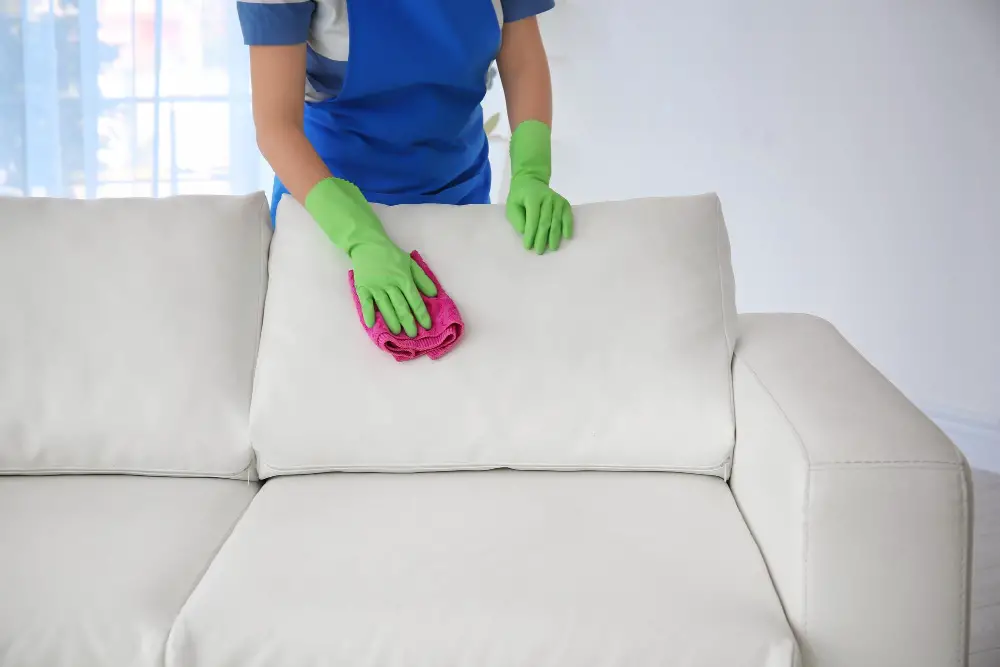
Don’t worry, there are ways to remove them without damaging your couch material. Here are some tips for removing common stains from different types of couch materials:
– For leather and faux leather: Use a damp cloth with mild soap to gently rub the stain in a circular motion. Avoid using too much water as it can damage the material.
– For microfiber: Blot the stain with a clean cloth until most of it is removed. Then use rubbing alcohol on another clean cloth to dab at the remaining stain until it disappears.
– For fabric: Check if your fabric has any cleaning codes (W, S, WS or X) before attempting any cleaning method. If you’re unsure about what code means what then consult an expert cleaner who will be able to help you out.
DIY Cleaning Solutions
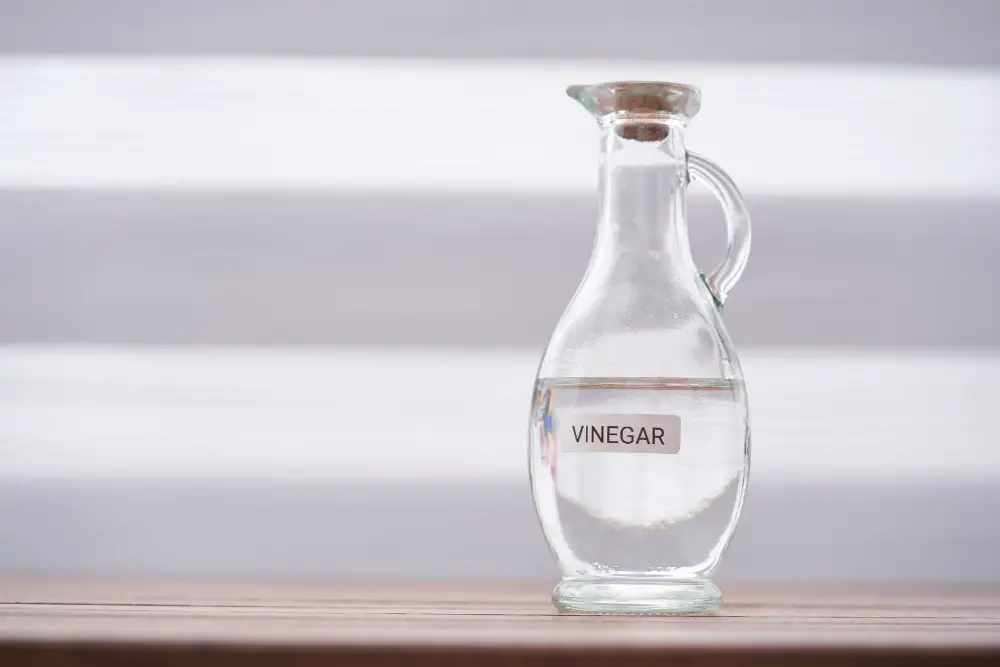
One of the most popular DIY cleaning solutions is a mixture of white vinegar and water. This solution works well on fabric, microfiber, vinyl, polyester, acrylics or olefin couches.
To make this solution at home:
- Mix equal parts white vinegar and water in a spray bottle.
- Spray the solution onto the stained area.
- Let it sit for 10 minutes before blotting with a clean cloth.
Another effective DIY cleaner is baking soda mixed with warm water. This method works best on fabric or cotton couches that have absorbed odors over time.
To use this method:
- Mix one tablespoon of baking soda with one cup of warm water until dissolved.
- Dip a clean cloth into the mixture and wring out excess liquid.
- Gently rub onto any areas that need deodorizing
- Allow drying completely
Professional Cleaning Options
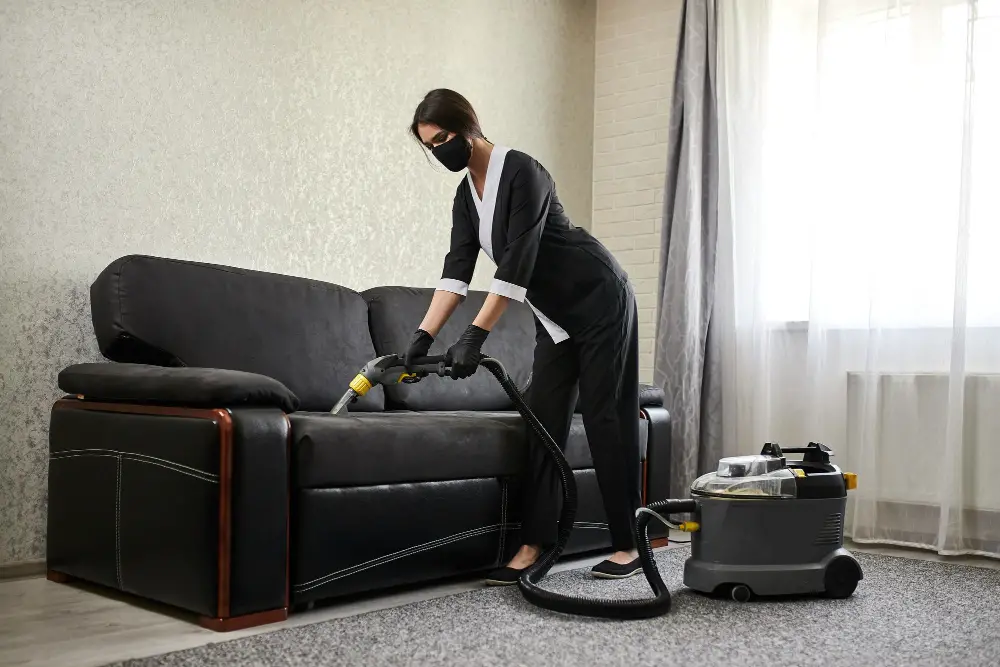
Professional cleaners have the expertise and equipment necessary to tackle even the toughest stains and leave your couch looking like new.
There are many different types of professional cleaning options available, including steam cleaning, dry cleaning, and hot water extraction. Each method has its own benefits depending on the type of material your couch is made from.
Before choosing a professional cleaner, be sure to do some research and read reviews from previous customers. You’ll want to make sure that they have experience working with your specific type of couch material so that you can trust them with this important task.
Maintenance and Care
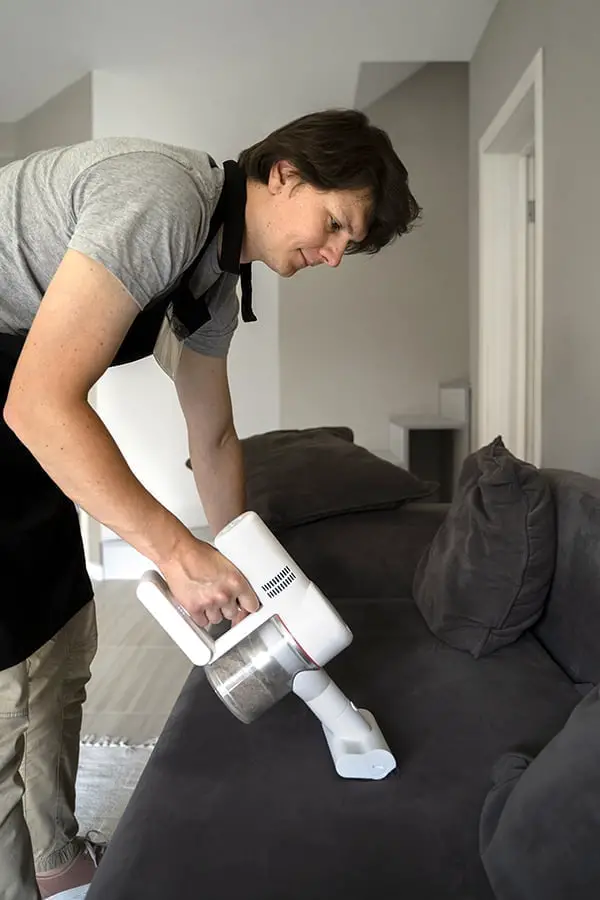
Regular maintenance can help extend the life of your couch and keep it looking clean and fresh. One easy way to maintain your couch is by regularly vacuuming or brushing off any loose dirt or debris.
This will prevent dirt from settling into the fibers of your couch, making cleaning more difficult in the long run.
Another important aspect of maintaining a clean couch is addressing spills as soon as they happen. Blotting up any liquid spills immediately with a clean cloth can prevent stains from setting in permanently.
In addition to regular maintenance, there are also preventive measures you can take to protect your sofa from wear and tear over time. For example, using armrest covers or placing decorative throws on high-traffic areas like seat cushions can help reduce friction that causes fabric pilling.
Choosing the Right Material

First and foremost, think about your lifestyle and how you plan on using your couch. Do you have kids or pets? Will it be used frequently for entertaining guests? These factors can help determine which materials will hold up best over time.
Another important consideration is the level of maintenance required for each material. While some fabrics may be more durable than others, they may also require more frequent cleaning or special care instructions.
It’s also worth considering the overall style and aesthetic of your living space when selecting a couch material. Leather sofas offer a classic look that can complement both traditional and modern decor styles, while microfiber options come in an array of colors that can add pops of personality to any room.
Ultimately, choosing the right couch material comes down to finding a balance between durability, maintenance requirements, comfort level and personal preference.
FAQ
What is the easiest fabric to clean on a sofa?
The easiest fabric to clean on a sofa includes options like polyester, leather, nylon, and acrylic, as they are durable and easy to clean.
What couch material is wipeable?
Leather couch material is wipeable as it allows cloth to easily clean most stains and spills.
What is the best durable fabric for a couch?
The best durable fabric for a couch is either microfiber or canvas, as they have strong fibers and offer great resistance to dirt, dust, and liquids when woven tightly.
Which upholstery materials offer both stain resistance and easy maintenance for couches?
Microfiber and certain types of leathers like pigmented/protected leather offer both stain resistance and easy maintenance for couches.
How do performance fabrics compare to other materials in terms of cleanliness and durability for sofas?
Performance fabrics generally excel in cleanliness and durability compared to other materials for sofas, due to their stain resistance and long-lasting nature.
What are the top sofa materials that resist pet-related stains, scratches, and odors?
Top sofa materials that resist pet-related stains, scratches, and odors include leather, microfiber, canvas, and synthetic performance fabrics.


